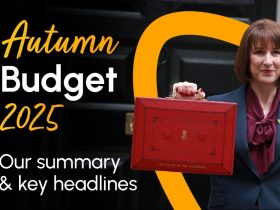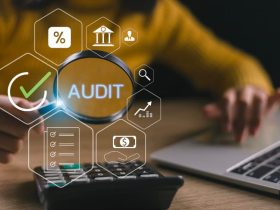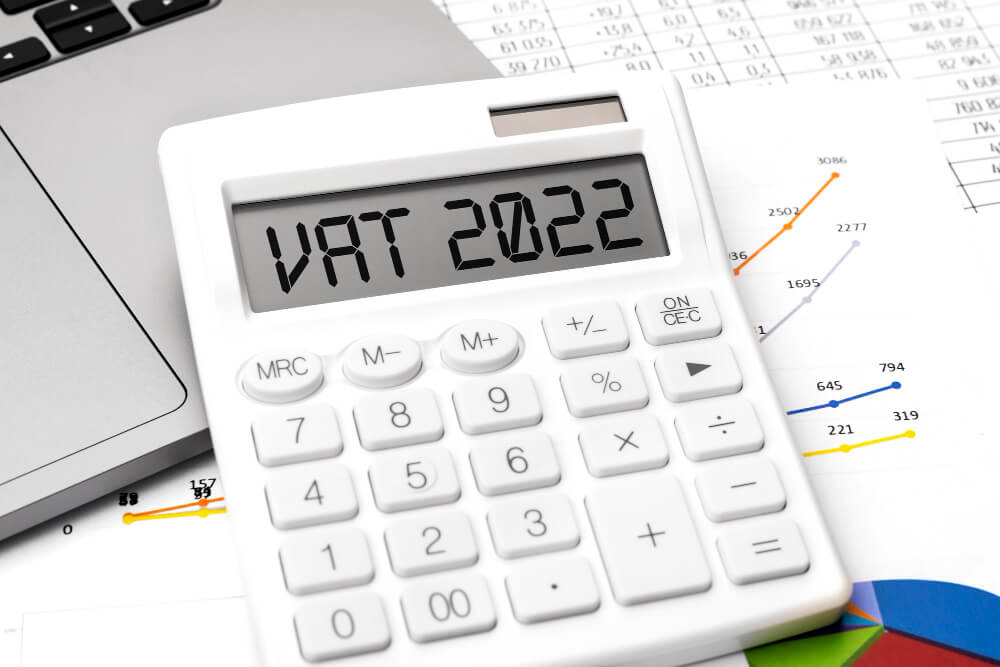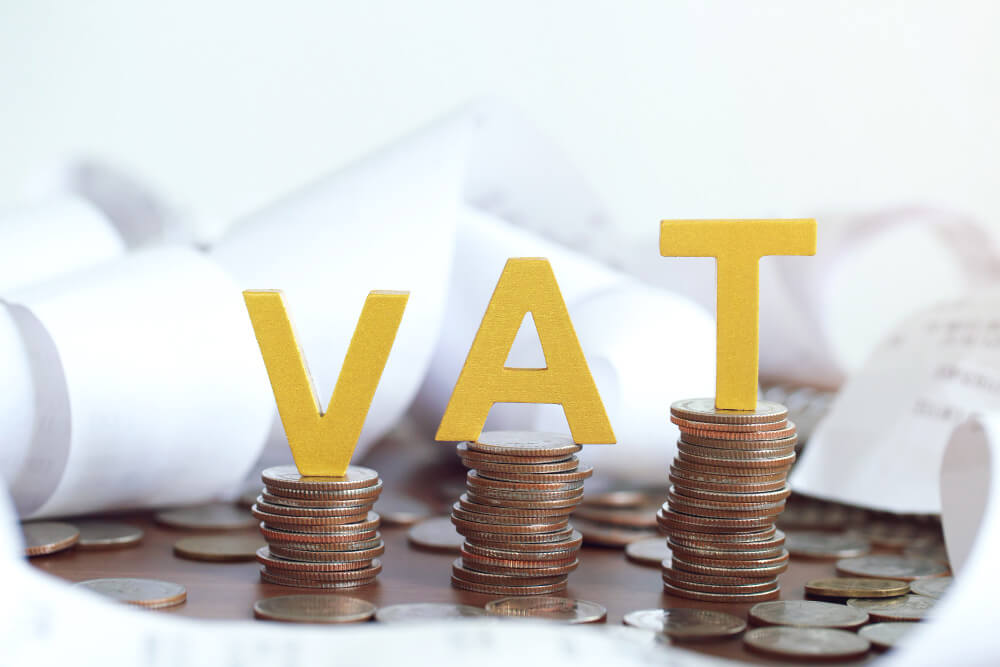The UK government regulated their previous tax laws in the tech era by introducing the Making Tax Digital flagship program.
The target of MTD is to improve the efficiency and simplicity of tax by keeping digital records and submission of tax returns digitally.
It reduces the tax gap, an avoidable mistake that led the government to lose billions of tax revenue. We will read what is Making Tax Digital and its impact on businesses in the guide.
Table of Content
What is MTD?
MTD, or Making Tax Digital is a government initiative to make tax easier for individuals and businesses. Businesses can use spreadsheets with bridging software; however, most accountants choose comprehensive software. The first major stage of such initiative was to introduce VAT making tax digital on 1st April 2019.

Besides keeping records and submitting tax returns and tax digitally, individuals and business taxpayers have access to their online business tax account to check with HMRC their tax records and manage details.
The subsequent two initiatives are making tax digital for income tax will be introduced in 2024, and MTD for corporation tax to come into effect later in 2026.
What does it mean to businesses?
The three essential tasks for making tax digital self-employed are:
- The automatic flow of bank transactions and other financial information into the digital tax account
- Submission of tax and VAT returns at least once every quarter
- Submission of records and business files via software integrated with a digital tax account
Making Tax Digital for VAT
MTD VAT marked its first milestone in April 2019. It asks VAT-registered businesses and voluntarily registered ones with annual turnover more than the threshold to submit their VAT document and tax amount digitally.
The threshold for VAT payment is currently £85,000. The second milestone was in 2022 when all businesses paying VAT signed up for MTD.
What are the mandatories?
- Signing up for MTD before April 2022
- Maintaining digital VAT records
- Update HMRC regularly (or quarterly) with VAT returns using a compatible software
Making Tax Digital for Income Tax and Self Assessment
From April 2024, making tax digital for income tax will be mandatory for unincorporated businesses and landlords with gross income above £10,000.
General partnerships with an individual partner earning a turnover above £10,000 per year must follow MTD for income tax.
However, other types of partnerships will be mandated at a later date.
It doesn’t include trusts.
It is an opportunity for accountants to review their operations and consider digital methods or adapt to the required changes.
The pilot program of MTD for ITSA is currently limited to sole trainers with income from a single business, landlords renting out UK property, and individuals who received coronavirus support measures.
What is the process?
- Check if you are eligible for MTD, and sign up with your digital tax account.
- Keep all digital records of business categorising in line with tax reporting.
- Update HMRC quarterly with the business summary
- Provide an end-of-period statement at the end of the tax year to finalise your taxable profit or loss from business, making adjustments for reliefs and allowances
- Submit a final declaration by bringing all your data (both business and non-business) to finalise your tax position and your final tax liability.
Making Tax Digital for Corporation Tax
It is the final phase of MTD for businesses, and HMRC indicates not to mandate MTD for corporation tax before 2026. Though we are waiting for the dates, incorporated businesses submitting their corporation tax every year must prepare for the new changes.
Presently, the making tax digital HMRC for corporation tax will mandate digital record keeping, quarterly summary updates to HMRC, and digital submission of the corporation tax returns.
Smaller companies working with papers and spreadsheets for accounting are likely to impact MTD for corporation tax heavily.
How do businesses adapt to the new changes?
With the mandate of making tax digital for VAT, we will see fundamental changes in income tax and self-assessment submission, followed by corporation tax in the next few years.
Businesses using online accounting software must ensure it is compliant with making tax digital. Most reputable software vendors are now aware of the changes and advise you to use such tools for a better tax experience. If you are working with the previous software version, make it up-to-date and install the MTD updates.
Businesses using manual processes like spreadsheets needs bridging software to submit their data digitally to HMRC.
How to stay prepared for MTD?
- Start giving your business transaction records in digital format
- Preserve these records digitally
- Create a VAT return from these records and send it directly to h mercy via a software
- Receive information from HMRC about compliance with MTD regulations and obligations through API
What are the benefits of MTD?
The major benefit of making tax digital is removing human errors and confusion that tags along paper tax filing.
It mandates tax status submission every quarter, so you don’t have to stress about tax filing for 12 months. So, stop waiting for making tax digital deadlines, and start preparing early.
You get continuous real-time insights into your tax liabilities, so you can understand what you owe and what taxes you need to pay before the year-end.
Digital tax record submission and payments reduce the use of paper in businesses. It allows them to detect mistakes when they happen and not to go through every single receipt to check where it went wrong in the paper tax return.
Furthermore, you can access your tax information from any device, anytime, and edit or view the data.

Conclusion
It might be difficult for businesses to adapt to new technologies and methods in the initial years. However, an expert in the field can save you from making costly mistakes. They are responsible for advising you on the latest changes in government regulations and helping you adapt to every change.









